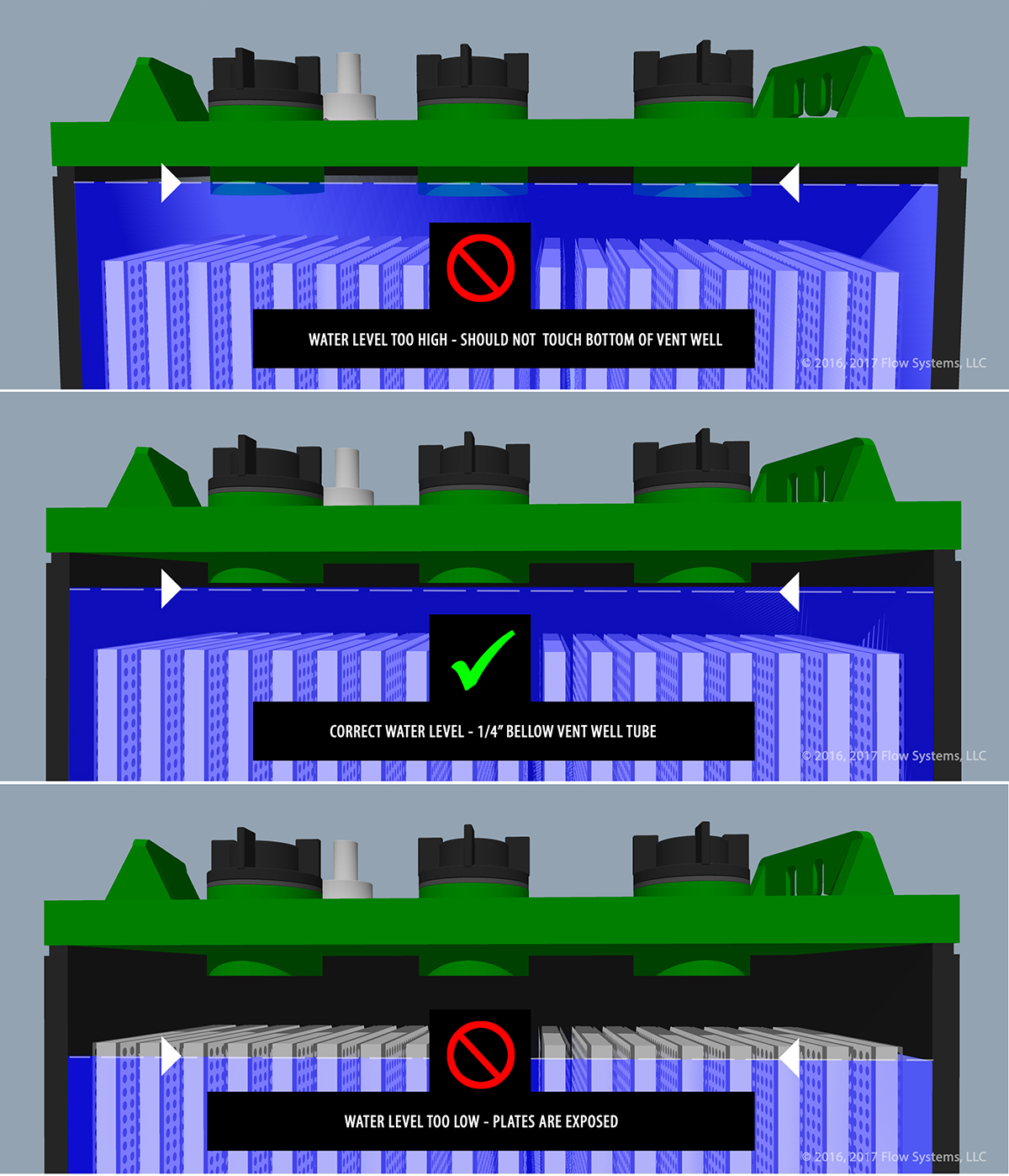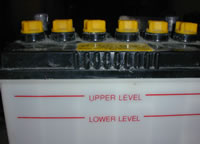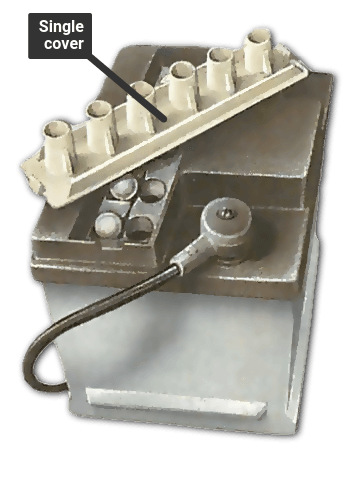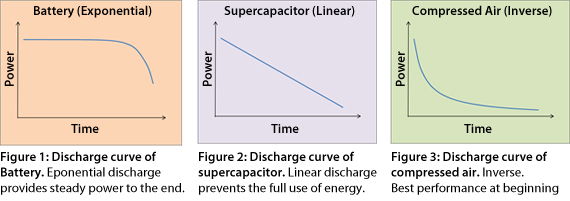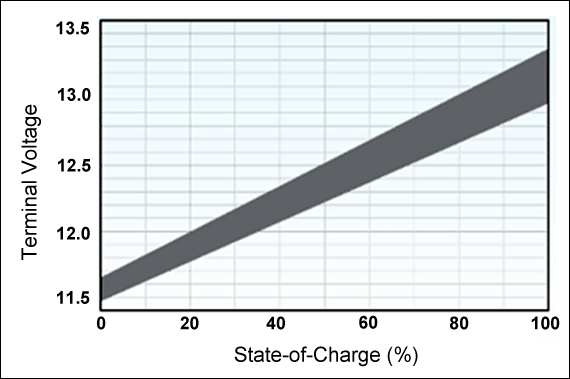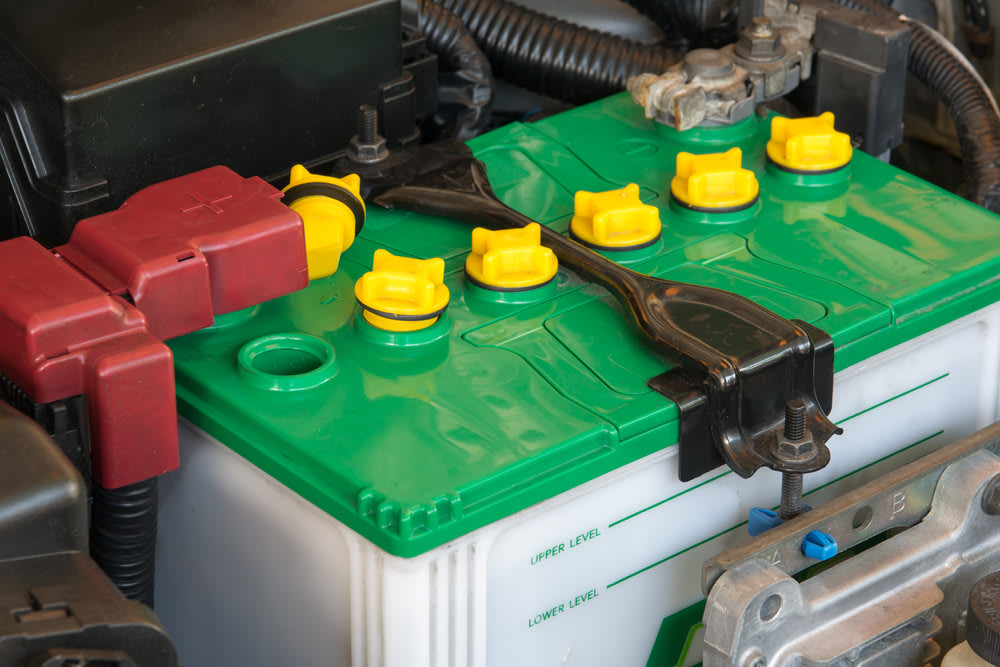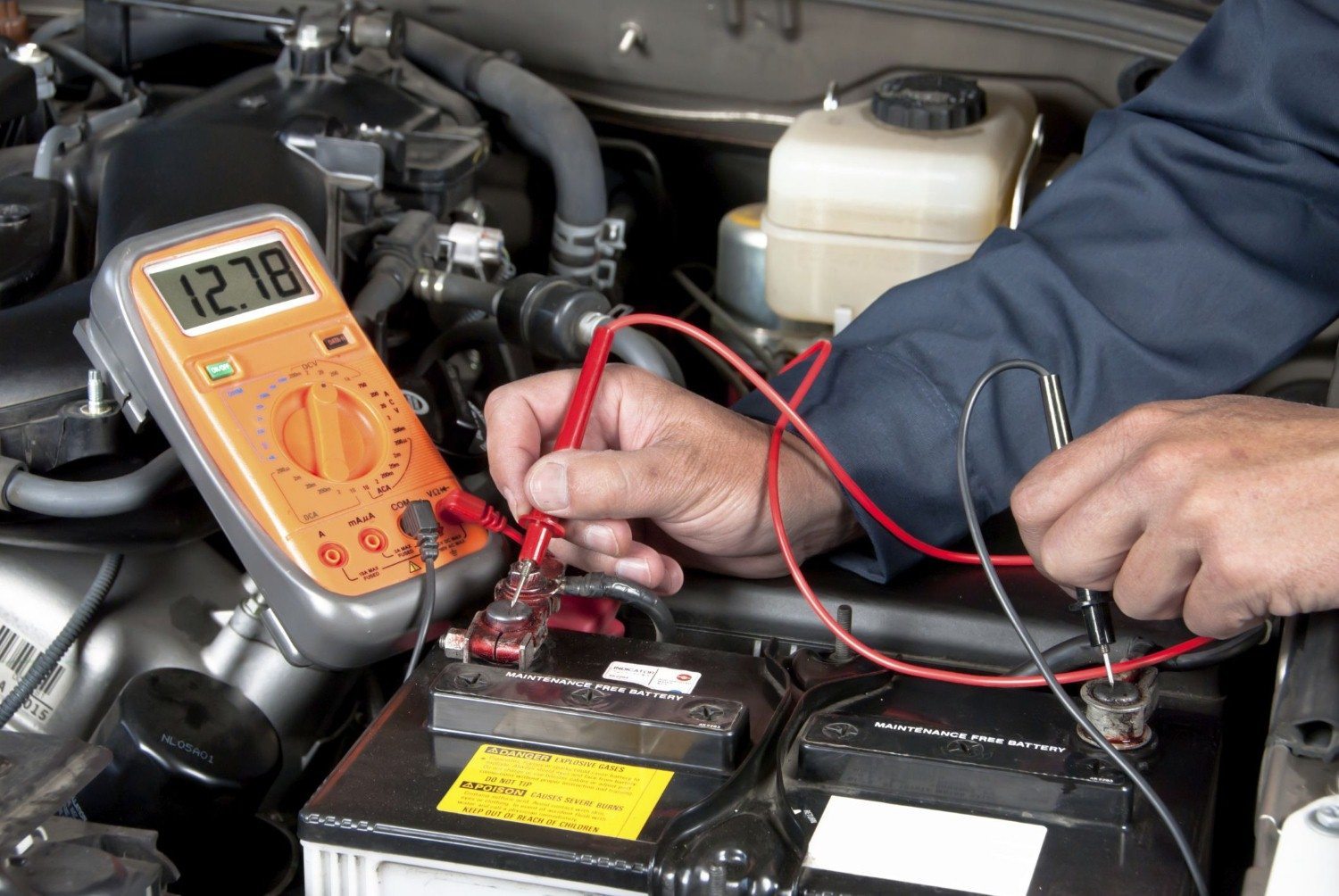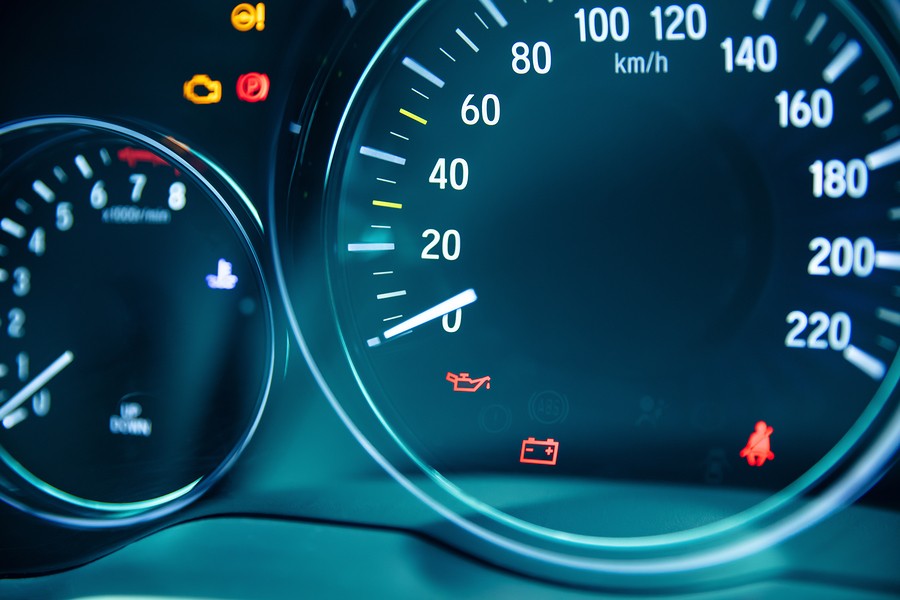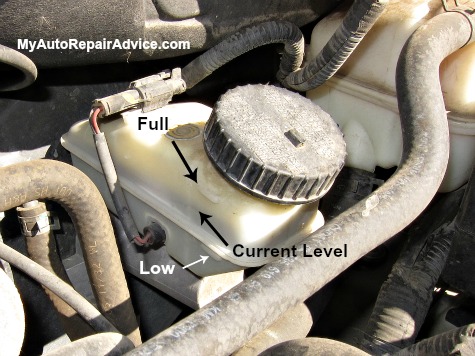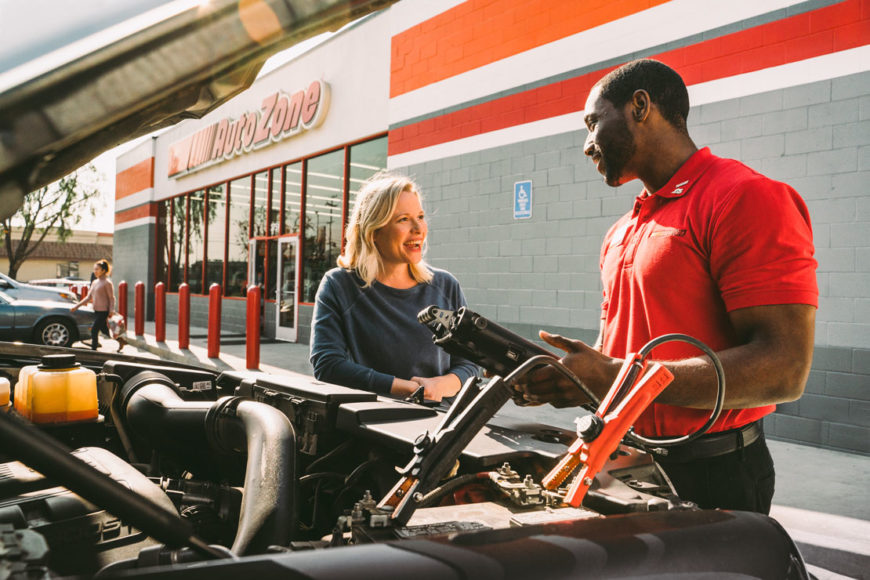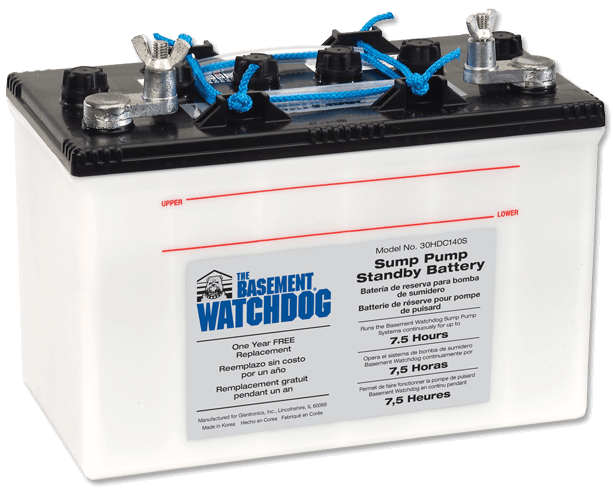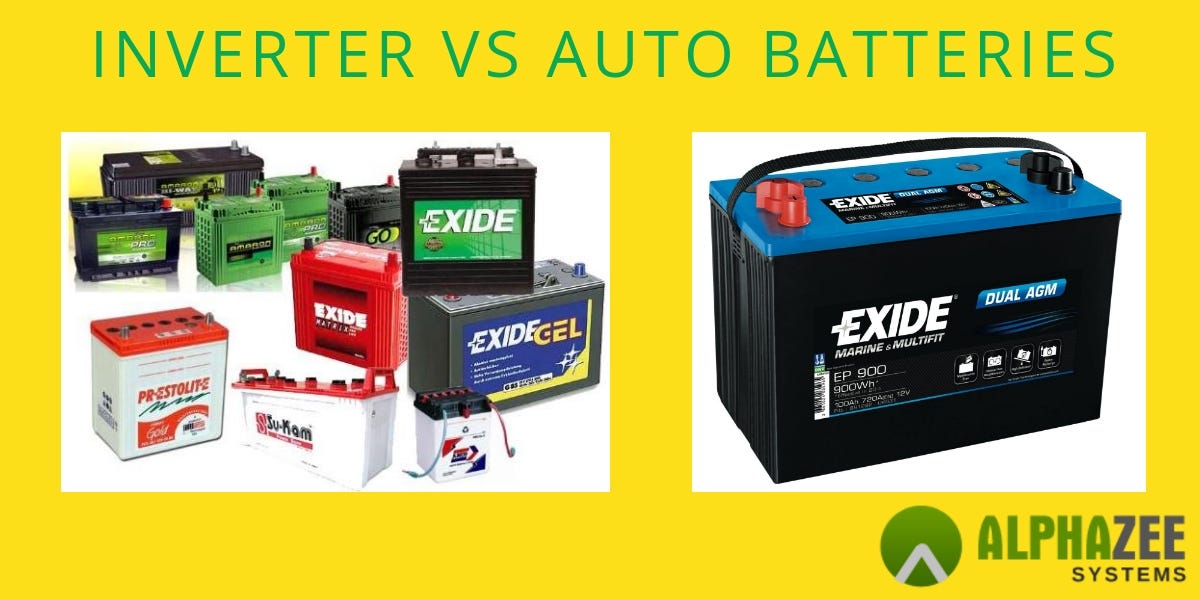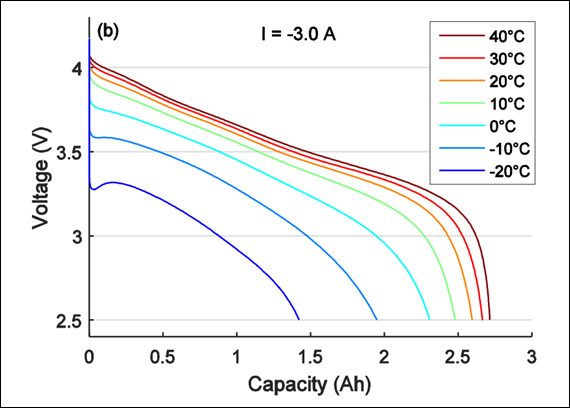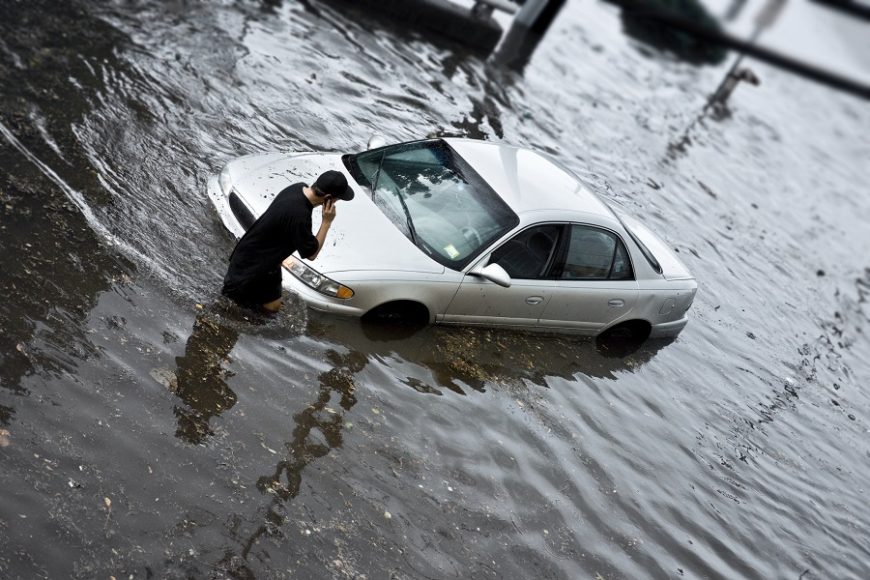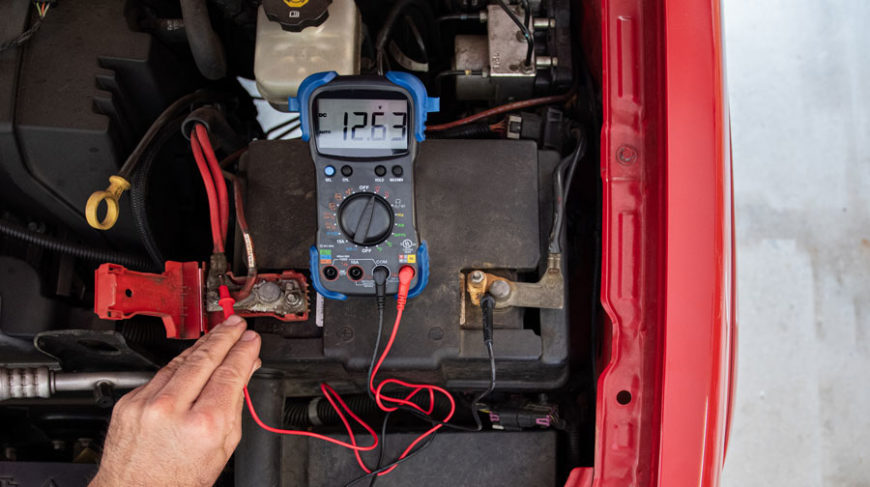Car Battery Fluid Level Low

Car batteries are composed of a series of lead plates submerged in a bath of water and sulfuric acid.
Car battery fluid level low. Check your vehicle handbook and if necessary make sure that the plates in each battery cell are covered with fluid. Clean the battery clamps with the same mixture if the corrosion levels are low or replace the clamps if the corrosion is high. When your mechanic tells you your battery s electrolyte level is low it means the fluid level in one or more of the battery cells has dropped below the top of the lead plates. Open the battery port covers.
Driving a car for short distances with power robbing accessories engaged contributes to acid stratification because the alternator cannot always apply a saturated charge. This water reacts to the environment in the same ways that water anywhere else does. We ll also show you how to refill your battery if the water level is low. This creates a chemical reaction that builds up electrons which eventually discharge in the form of electrical current.
More often than not if you pop your car hood the battery you will see is what s called a wet cell battery. Each of these ports are protected by plastic covers. What does that mean. When your battery s electrolyte is observed to be low filling the battery with water will keep the battery healthy and safe for use.
What does it mean when battery electrolyte is low. The average car battery has six cell ports each containing an electrode and some electrolyte fluid. During normal operation batteries will only consume water and not sulfuric acid. If this is the case it may not be worth the effort to fill the battery at this time.
The normal fluid level is about 1 2 inch 1 cm above the tops of the plates or about 1 8 inch 3 mm below the bottoms of the filler tubes that extend down from the port openings. With so many questions it s hard to remember which ones you ve covered. Checking the water level in your car battery is an important aspect of regular car maintenance that everyone with a vehicle should do. This means that it has water or electrolyte that is used as a connector between the battery s electrodes.
The proper method recommended by most battery manufacturers is to add enough water so that the cell plates are completely submerged but not so much that the water is up to the battery case cell cap vents. Acid stratification occurs if the battery dwells at low charge below 80 percent never receives a full charge and has shallow discharges. We recommend you check your battery s water levels at least once every three months for a new battery and once a week if the battery is older than 1 years.

